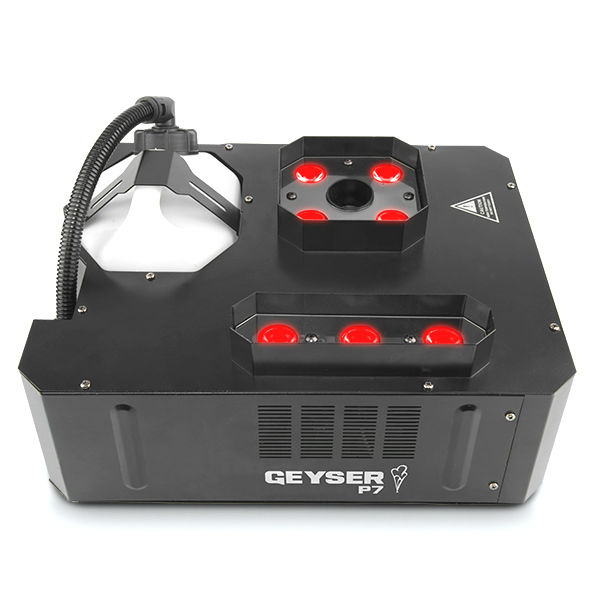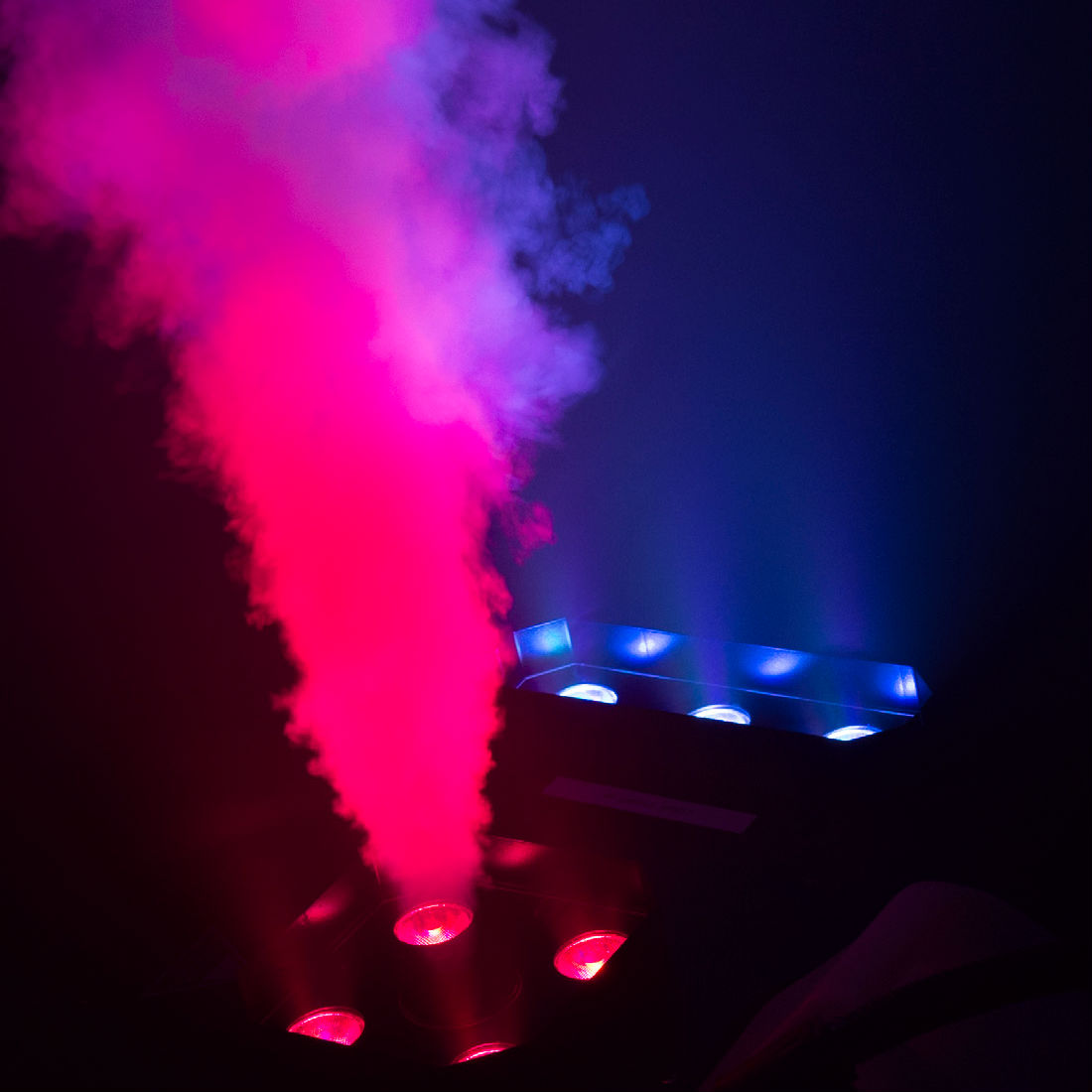Eternal Flames
According to the Apache Indians, fire was brought to the world by Fox, who stole it from the fireflies. The ancient Greeks believed that Prometheus stole fire from the gods and brought it to man. He was punished for this by being bound to a rock for all eternity, and having his liver pecked out daily by a giant bird. Almost every ancient culture had a story explaining how fire first came to man.
Man's fascination with fire continues to the present day, and it's a good thing for those of us in the special effects industry! A single flame, on stage, can focus an audience's attention in a way that even the most expensive intelligent light cannot. And, because fire was our first "controllable" source of light, it makes an excellent practical light source for scenes set before the invention of the electric light.
There is, however, an inherent danger in using a live flame on stage. Even a carefully planned fire effect can go awry, possibly damaging the theatre and harming the people inside it. I always advise people planning to use fire in their shows to use a live flame as a last resort. Now, thankfully, there are a number of effects devices that can create realistic flame effects on stage without the use of an actual flame.
This week's special is one of them, of course. LeMaitre's Le Flame is really a variation on a device that theatre electricians and prop-builders have been making for years. The principle is simple a piece of fabric (two pieces of white silk, in the case of Le Flame) is mounted above a small fan. Colored lights illuminate the fabric as it flutters in the draft of the fan. The combination of the moving fabric and the colored lights creates a realistic looking flame effect. Variations on this simple device have been used to create artificial campfires, torches and braziers.
LeMaitre has done two important things in their device, however. First, they have combined all of the components into one, ready-to-use, kit. This has been a boon to designers who want the effect, but lack the time or skills to create it themselves. The second, and perhaps more important, thing is that LeMaitre obviously spent a great deal of time designing Le Flame to produce as realistic a flame as possible. From a distance of ten-to-fifteen feet -- the distance most front-row audience members would be -- Le Flame is indistinguishable from a live flame. Three MR16 lamps, two with orange gel and one with blue, provide an accurate simulation of the color of a flame. The shape and size of the silk pieces, combined with the action of the fan, create a flame that looks and behaves realistically.
Of course, LeMaitre is not the only company making artificial flame units. Many other companies have created devices that create effects similar to Le Flame, and usually for less money. The new "Bob" and "Bob Jr" products are good examples of budget-oriented flame units. Both devices use the same principles as Le Flame -- a piece of fabric, colored lights and a fan -- but sell for considerably less. The less expensive instruments, on the whole do not look as realistic as Le Flame, but if cost is a limiting factor, they may be the way to go.
Some tips for getting the best look out of any of these devices
Make sure that the device is positioned in such a way that the audience cannot see the "guts" of the device. Nothing will ruin the effect of an artificial flame like being able to see the lamps and fan that create the illusion. In haunted houses, nightclubs, and other "walk-through" environments, hang or mount the fixtures so that the lamps are above eye level. On most stages, this should not be much of an issue, as the audience is usually seated lower than the stage.
As with any effect light, these units will look best in a dim space. On stage, however, you may want to supplement the light of the flame units with some spotlights, even if the flame is supposed to be the light source for that scene. I'd recommend a few spots dimmed to about 50% intensity and colored with amber/orange gel. This will preserve the look of the flame while illuminating your performers.
There is some noise associated with these units because of the fan. If you' re using them during a very quiet scene, you may need to add some soft music to cover the noise. In many theatres, however, the ambient noise of the theatre itself (dimmers, air-handlers, sound system hiss) will be louder than the flame units.
These devices are certainly not a new concept. Theatre workers have been making them for years and they're inspired by something that's been with us almost since the beginning of human history. What Le Flame, Bob, and Bob Jr. all represent is a step forward in our relationship with fire. Acknowledging our fascination with the flame, these devices give us a way to safely incorporate it into our events.
So, play Prometheus for your theatre! Be the wily Fox of your local haunted house! Bring the secret of fire to your people and you, too, may be remembered forever. Just keep an eye on your liver!
*********************************************
Theatre Effects Customer Service Department
service@theatrefx.com
www.theatrefx.com
Theatre Effects, 1810 Airport Exchange Blvd. #400, Erlanger, KY 41018
Phone: 1-800-791-7646 or 513-772-7646 Fax: 513-772-3579









